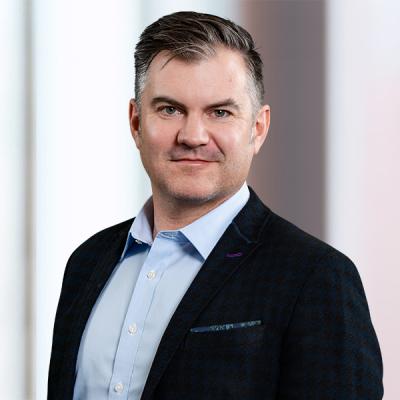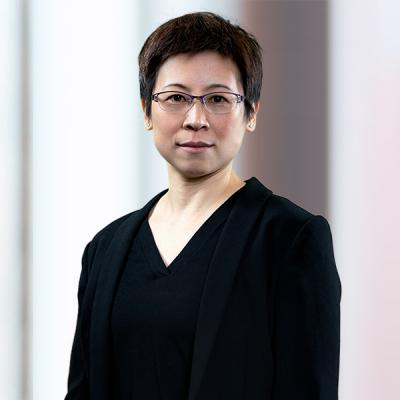Do Patent Claims to Methods of Treatment Cover In Vivo Transformations?
Where an alleged infringer administers a substance A to a subject, and the substance is subsequently transformed to a therapeutic agent X inside the subject’s body, does the administration of the substance A constitute an act of infringement of a patent claiming a method of treatment by administration of the therapeutic agent X?
Consider a patent which claims “administering drug X to a patient ….” Would administration of a prodrug, which is metabolized in a subject’s body to form drug X, infringe such a claim? Consider another patent which claims “administering peptide X to a patient ….” Would administration of an mRNA vaccine, which is subsequently translated into the claimed peptide X inside a subject’s body, infringe?
US District Court caselaw suggests that in construing the term “administering,” courts would consider the manner by which the initial form is being provided to the subject to determine whether “administering” encompasses in vivo transformation events.
In Schering Corp. v. Glenmark Pharms., Inc., 2008 U.S. Dist. LEXIS 69880 (D.N.J.), the court held that that the term “administering” in the disputed claims covered only administering the pharmaceutical compound, and not the metabolite formed in vivo. The decision was based in part on the term “administering” being used primarily in conjunction with the term “dose” or “dosage” throughout the specification, which suggested that “administering” applies only to those compounds given to a patient externally.
In Hoffmann-La Roche Inc. v. Apotex, Inc., 2010 U.S. Dist. LEXIS 49643 (D.N.J.), the same court, again based on the claim language and the specification, held that the term “administering” does not encompass a transformed form of the compound. Therefore, “administering” was construed to end at the point at which the body has received the medication and begins to transform it from its initial form.
In Gilead Scis., Inc. v. Merck & Co., 2015 U.S. Dist. LEXIS 57736 (N.D. Cal.), in contrast, the term “administering” was explicitly defined in the specification to mean providing a compound of the invention or a prodrug of the compound of the invention to the individual in need. The Gilead court held that the definition of “administering” necessarily includes what happens once a prodrug enters the patient's body and transforms through metabolism from the inactive prodrug form into the active therapeutic form. The Gilead court noted that the case differs from Schering and Hoffmann-La Roche in that the term “administering” was not defined in the patent in those cases, and the court in those cases construed the term based on the manner by which the compound was being provided to a patient.
Taken together, these three cases suggest that construction of the term “administering” in a pharmaceutical method-of-treatment claim will depend greatly on how the term is defined and used in both the claims at issue and the supporting specification. Therefore, when drafting and prosecuting an application claiming a method of treatment, one should consider if a compound may be administered in alternative forms (e.g. a prodrug to be chemically/biochemically converted, or a nucleic acid to be transcribed and/or translated). Drafting the claims and the specification to clearly cover both possibilities may help achieve the broadest coverage in the United States in view of the courts’ claim constructions.



